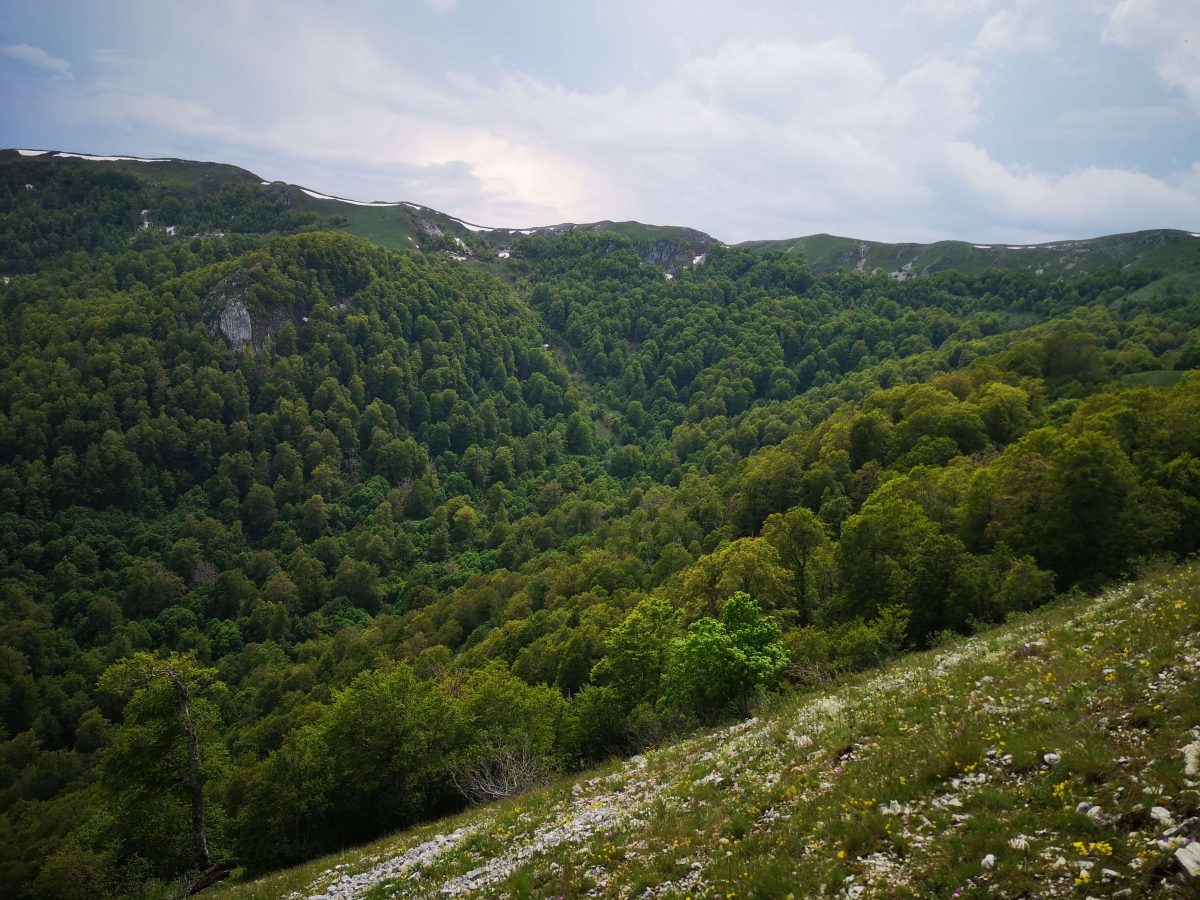The “Ancient and Primeval Beech Forests of the Carpathians and other Regions of Europe” are a serial property comprising 77 component parts in total (in Albania, Austria, Belgium, Bulgaria, Croatia, Italy, Germany, Romania, Slovenia, Slovakia, Spain and Ukraine).
They represent an outstanding example of anthropogenically undisturbed, complex temperate forests and exhibit the most complete and comprehensive ecological patterns and processes of pure and mixed stands of European beech across a variety of environmental conditions. They contain an invaluable genetic reservoir of beech and many species associated and dependent on these forest habitats.
Ancient and Primeval Beech Forests of the Carpathians and Other Regions of Europe
Criterion (ix): The “Ancient and Primeval Beech Forests of the Carpathians and other Regions of Europe” are indispensable to understand the history and evolution of the genus Fagus which, given its wide distribution in the Northern Hemisphere and its ecological importance, is globally significant. These undisturbed, complex temperate forests exhibit the most complete and comprehensive ecological patterns and processes of pure and mixed stands of European beech across a variety of environmental conditions, such as climatic and geological conditions, throughout all relevant European Beech Forest Regions. They comprise all altitudinal zones from the coast up to the forest line in the mountains and, furthermore, include the best remaining examples of the outer boundaries of the European beech forest range. Beech is one of the most important elements of forests in the Temperate Broadleaf Forest Biome and represents an outstanding example of the re-colonization and development of terrestrial ecosystems and communities since the last Ice Age. The continuing northern and westward expansion of beech from its original glacial refuge areas in the eastern and southern parts of Europe can be tracked along natural corridors and stepping stones spanning the continent. More recent changes in the distribution pattern of this species relate to direct influences of human disturbance and the more complex effects of anthropogenically induced climate change. Both historic and present serial patterns of distribution represent natural evolutionary strategies for adapting and surviving environmental change. The dominance of beech across extensive areas of Europe is a living testimony of the tree’s genetic adaptability.
Document
-
Documentazione
-
Documentazione
-
Documentazione
-
Documentazione
-
Mappa
-
Sito Web

